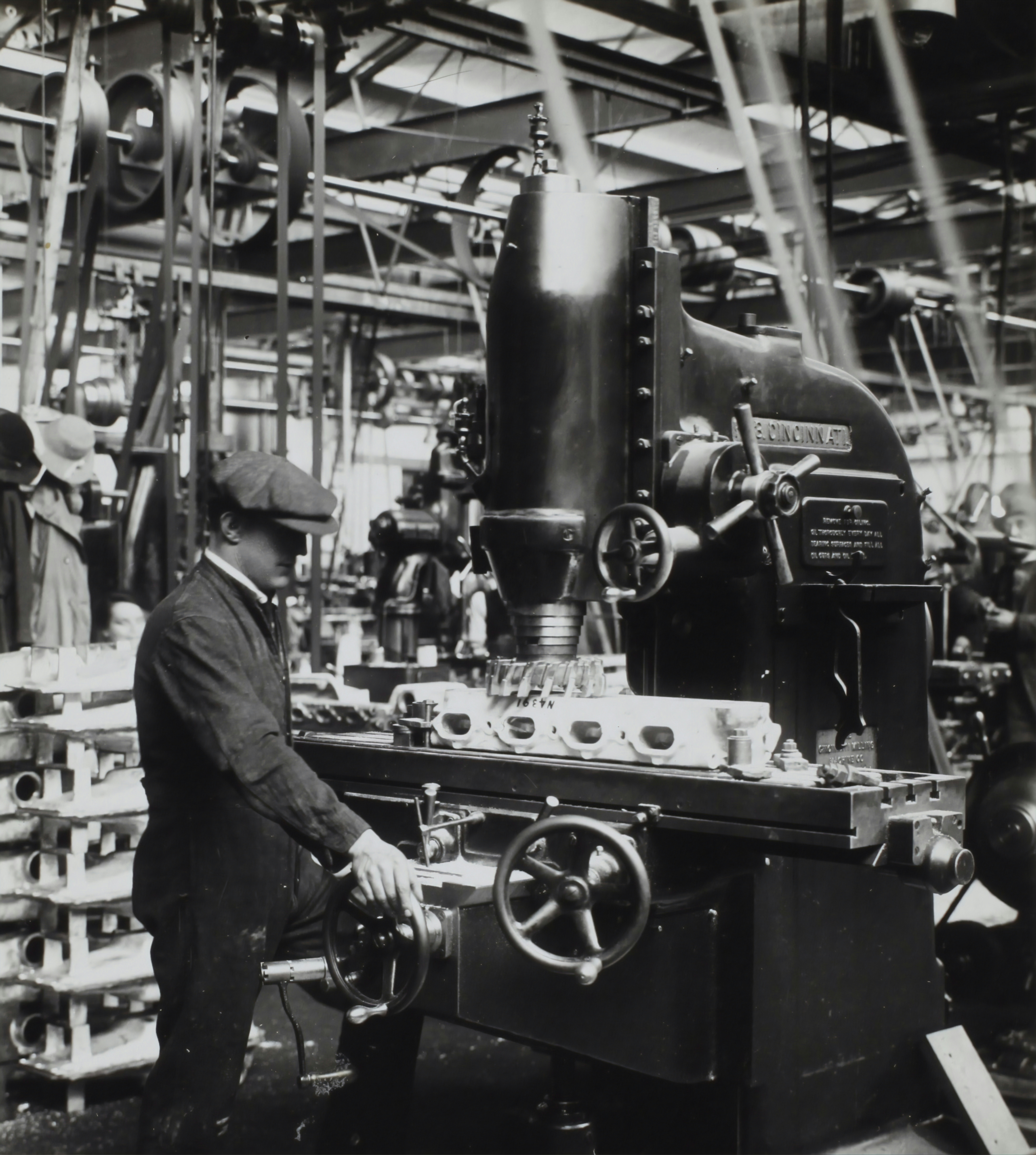Are you a restaurant owner looking to attract more customers and increase your online visibility? If so, improving your website’s SEO is essential. In this article, we will explore the strategies and techniques that can help you optimize your restaurant’s website to rank higher on search engines like Google. By implementing these SEO practices, you’ll not only drive more organic traffic to your site but also increase your chances of getting noticed by potential diners in your area. Don’t miss out on the opportunity to improve your restaurant’s online presence – read on to discover how to enhance your SEO and boost your business.

Choosing the right keywords
When it comes to improving your restaurant’s SEO, choosing the right keywords is essential. Researching popular restaurant-related keywords will help you understand what potential customers are searching for. This knowledge will allow you to optimize your website accordingly and attract more organic traffic.
In addition to popular keywords, it’s also important to target long-tail keywords. These are more specific and often have lower competition. For example, instead of targeting the keyword “restaurant,” you could target “vegetarian restaurant in [your location].” By focusing on long-tail keywords, you can attract more relevant traffic and increase your chances of conversions.
Another effective strategy is using location-based keywords. Incorporating your restaurant’s location in your keywords helps to optimize your website for local searches. For instance, if your restaurant is in New York City, using keywords like “best restaurant in NYC” or “top dining experience in New York” can help you appear in the search results when users are specifically looking for restaurants in your area.
Lastly, don’t forget to consider branded keywords. These are keywords that include your restaurant’s name or variations of it. By targeting branded keywords, you can ensure that you rank highly for searches directly related to your restaurant. This is particularly important for attracting customers who are already familiar with your brand and looking for more information.
Optimizing website structure
A user-friendly website structure is key to a successful SEO strategy for restaurants. Your website should be easy to navigate, ensuring that visitors can find the information they need quickly and effortlessly. A cluttered or confusing website can lead to a high bounce rate and lost potential customers.
One way to create a user-friendly website structure is by developing an intuitive navigation menu. Clearly label your menu categories and make sure they are easily accessible from any page on your website. Consider adding a search bar to make it even easier for customers to find what they’re looking for.
In today’s mobile-heavy world, it’s also crucial to ensure that your website is mobile responsive. More and more people are searching for restaurants on their smartphones, so if your website doesn’t adapt to different screen sizes, you risk losing potential customers. A responsive website gives users a seamless experience, regardless of the device they are using to access your site.
Page load speed is another important factor to consider. A slow-loading website can be frustrating for users and may lead them to abandon your site before it even loads fully. Optimize your website’s performance by compressing images, minifying CSS and JavaScript files, and leveraging browser caching. This will not only improve user experience but also positively impact your search engine rankings.
Creating high-quality content
Content plays a significant role in SEO for restaurants. Writing unique and engaging content helps to attract and retain visitors to your website. It’s not just about providing information about your restaurant; it’s about showcasing your expertise, telling your story, and captivating your audience.
When creating content, don’t forget to include relevant keywords naturally. Keyword stuffing can negatively impact your SEO, so aim for a balanced approach. Incorporate keywords into your content where they make sense and add value to the reader’s experience.
Organizing your content with descriptive headings and subheadings is also essential. This not only helps readers navigate through your content but also signals to search engines the key topics covered on the page. Use appropriate header tags (H1, H2, H3, etc.) to structure your content and make it easy for both users and search engines to understand.
Integrating customer reviews and testimonials in your content can also significantly impact your restaurant’s SEO. Positive reviews not only build trust with potential customers but also provide fresh and relevant content for search engines to analyze. Encourage customers to leave reviews on platforms like Google My Business and incorporate them strategically into your website.
Optimizing meta tags
Meta tags are snippets of data that provide information about your web page to search engines and potential visitors. Optimizing meta tags is crucial for improving your restaurant’s visibility in search engine results pages (SERPs).
Craft compelling title tags that accurately describe each page’s content and include relevant keywords. Limit your title tags to around 50-60 characters to avoid truncation in SERPs and make sure they are unique for each page.
Write informative meta descriptions that entice users to click on your search result. Use concise and persuasive language to describe what users can expect to find on your page. Include relevant keywords, but also make it engaging and compelling to stand out from competitors.
Utilize appropriate header tags (H1, H2, H3, etc.) in your content to further optimize your meta tags. When search engines crawl your website, they use header tags as a signal to determine the page’s structure and the importance of different elements.
Optimize image alt tags by adding descriptive and keyword-rich text to your images. This helps search engines understand the content of your images and can improve your overall SEO.
Building local citations
Local citations are online mentions of your restaurant’s name, address, and phone number (NAP) on other websites. Building local citations helps improve your restaurant’s visibility in local search results. Here are some strategies to consider:
Claim and optimize local business listings on platforms like Google My Business, Yelp, and TripAdvisor. Provide accurate and up-to-date information about your restaurant, including your NAP details, opening hours, menu, and contact information. This ensures that search engines and potential customers have the correct information about your restaurant.
Maintain consistency in your NAP information across all platforms. Inconsistencies in spelling, address, or phone number can confuse search engines and customers. Regularly audit your local citations to ensure accuracy.
Get listed on relevant local directories and niche-specific websites. Look for directories and websites that cater to your restaurant’s cuisine type or location. These listings can help improve your online visibility within specific niches or geographic areas.
Encourage customer reviews on Google My Business and other review platforms. Positive reviews can boost your restaurant’s credibility and improve your search rankings. Respond to reviews, both positive and negative, to show that you value customer feedback.
Optimizing for Google My Business
Google My Business (GMB) is a powerful tool for optimizing your restaurant’s online presence. Here’s how to leverage GMB effectively:
Claim and verify your Google My Business page to gain control over how your restaurant appears on Google Search and Maps. Provide complete and accurate information about your restaurant, including opening hours, website URL, and menu. Use high-quality images to showcase your establishment.
Ensure the accuracy of your NAP information on your GMB page. Consistency is key for local SEO, so make sure your NAP matches the information on your website and other online listings.
Select appropriate categories and attributes for your restaurant on GMB. This helps Google understand the nature of your business and improves the relevance of your listing in search results.
Regularly update posts, photos, and menus on your GMB page. Keep customers informed about special promotions, events, and seasonal menu changes. This helps to attract potential customers and encourages them to visit your restaurant.

Implementing structured data markup
Structured data markup, also known as schema markup, is a way of organizing and providing additional information about your website’s content to search engines. Here’s how to implement structured data markup for your restaurant’s website:
Use schema markup to enhance search results by providing more detailed information to search engines. For restaurants, schema markup can include details such as business hours, cuisine type, price range, and customer reviews. This additional data can make your search results stand out and attract more clicks.
Include information such as business hours, cuisine type, and payment methods in your schema markup. This allows search engines to display this information prominently in search results, giving users quick access to relevant details about your restaurant.
Highlight reviews and ratings in search snippets using schema markup. This helps your restaurant’s star rating and review count appear in search results, increasing the visibility and credibility of your business.
Consider using markup for online reservations or delivery options. This can make it easier for potential customers to make a reservation or order directly from search results.
Improving website’s local relevance
Improving your website’s local relevance is key to attracting customers who are searching for restaurants in your area. Here are some strategies to consider:
Optimize your content and meta tags for local keywords. Incorporate location-specific keywords naturally into your website’s content, titles, and meta descriptions. This helps search engines understand your restaurant’s relevance to local searches.
Create location-specific landing pages to target specific areas or neighborhoods. Highlight the unique aspects of each location, such as local attractions or landmarks, to increase your restaurant’s visibility in those areas.
Include local landmarks, attractions, and events in your website’s content. By associating your restaurant with local points of interest, you can improve your chances of appearing in search results when users are looking for information related to those locations.
Get local backlinks and partnerships. Building relationships with other local businesses, such as hotels or event venues, can lead to opportunities for backlinks, guest blogging, or cross-promotions. These partnerships can help increase your website’s authority and visibility in local search results.
Leveraging social media presence
A strong social media presence can significantly impact your restaurant’s online visibility and customer engagement. Here are some tips for leveraging social media to improve your restaurant’s SEO:
Create and maintain active social media profiles on platforms that are popular with your target audience. Facebook, Instagram, and Twitter are often the most relevant for restaurants, but consider other platforms depending on your specific clientele.
Share high-quality content regularly on your social media profiles. This can include updates about new menu items, special promotions, behind-the-scenes videos, and customer testimonials. Engaging and informative content keeps your followers interested and encourages them to visit your website or make a reservation.
Engage with your followers by responding to comments, messages, and reviews. Show that you value their feedback and take the time to address any concerns or questions. This helps build a positive relationship with your audience and can lead to more positive reviews and recommendations.
Use geotagging to promote your local presence on social media. When posting photos or updates, tag your location to let your followers and potential customers know where your restaurant is located. This can help increase brand visibility and attract local customers.
Tracking and analyzing results
Tracking and analyzing your website’s performance is essential for making data-driven decisions and continuous improvement. Here are some steps to follow:
Set up Google Analytics to track your website’s key metrics, such as organic traffic, page views, bounce rate, and conversion rate. This data will provide valuable insights into how users interact with your website and can help you identify areas for improvement.
Monitor organic traffic and keyword rankings to understand the impact of your SEO efforts. Keep an eye on which keywords are driving the most traffic to your website and identify opportunities for further optimization.
Analyze user behavior and engagement using tools like heatmaps or session recordings. This can help you understand how visitors navigate your website, which pages are most engaging, and where potential obstacles or friction points may exist.
Make data-driven decisions based on the insights gained from tracking and analysis. Use the data to identify areas for improvement, such as optimizing conversion funnels, refining content strategies, or improving user experience.
By following these strategies and continuously monitoring your results, you can improve your restaurant’s SEO and attract more customers to your website and physical location. Remember to stay up to date with the latest SEO trends and algorithm changes to ensure your restaurant remains visible and competitive in search engine rankings.


